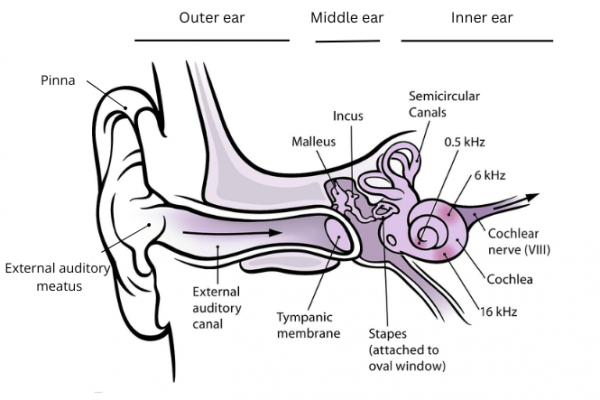Your healthcare provider will clean your ear, recommend you follow self-care measures and prescribe ear drops.
Otitis externa can get better without ear drops, but this may take weeks. Ear drops can help speed up the healing process. They're used because they work better for most otitis externa than medicines taken by mouth (orally). Ear drops usually need to be used several times a day for about a week.
To treat a mild outer ear infection, you can get ear drops from your pharmacy, eg, Vosol®. Other ear drops need to be prescribed, these include:
- ear drops that contain antibiotics to treat infection, eg, Soframycin®
- antibiotic ear drops combined with a steroid to reduce the inflammation (swelling) associated with the ear infection, eg, Ciproxin HC®, Sofradex®, Locacorten-Vioform® and Kenacomb®.
Read more about ear drops, including how to put them in so that they work well.
Further treatment depends on the severity and cause of the infection or inflammation. Treatments for skin conditions (eg, dermatitis, psoriasis or eczema) may be prescribed. You may need to be referred to a specialist ear nurse for suction of ear discharge or to an ear, nose and throat (ENT) specialist.







